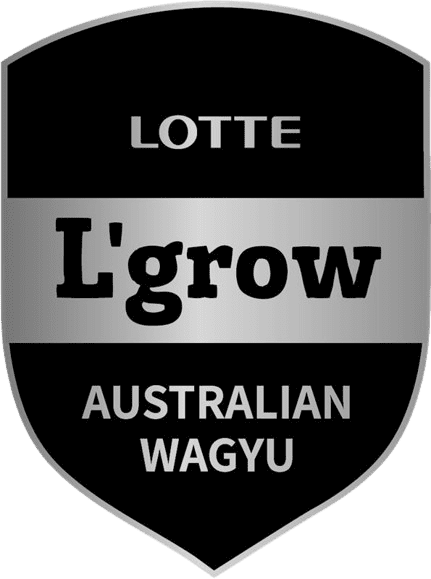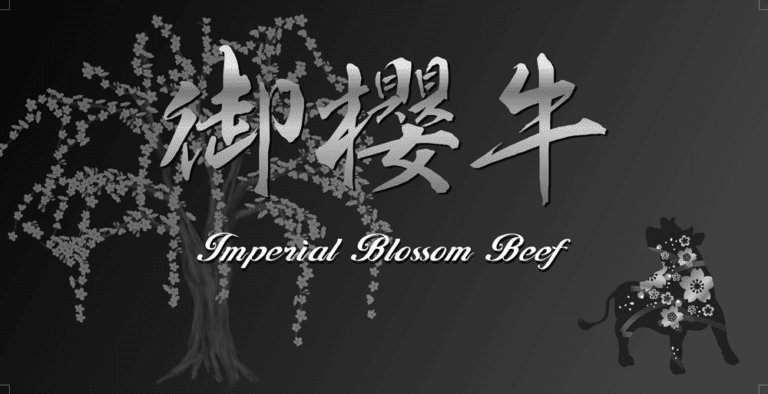
What is the difference between A5, B5 and C5 Grading Japanese Wagyu
If you’re diving into the world of Japanese Wagyu, you might be wondering what all those grades mean. The grading system can

In the vast expanse of Australia’s diverse culinary landscape, one delicacy has risen to legendary status – Australian Wagyu beef. Often referred to as the “caviar of meats,” Wagyu beef’s exquisite marbling, velvety texture, and unmatched flavour have enchanted food enthusiasts and chefs worldwide. This blog embarks on a gastronomic journey to uncover the secrets behind Australian Wagyu beef’s artistry. From its fascinating origins to understanding the unique breed traits, grading system, cooking techniques, and sustainability efforts, we will explore every facet of this culinary masterpiece.
Wagyu beef has become synonymous with indulgence in Australia, captivating discerning palates, and elevating dining experiences. Its reputation as a luxurious and delectable beef variety precedes it, making it a must-try for food connoisseurs. Often referred to as the “caviar of meats,” Australian Wagyu boasts an exquisite marbling, a texture that melts in your mouth, and a flavour profile that dances on your taste buds.
The story of Australian Wagyu is a transcontinental tale that began with the importation of Japanese Wagyu cattle to Australia several decades ago. These cattle, known for their genetic predisposition for marbling, found a new home and purpose in the lush pastures of Australia. Over time, Australian Wagyu has evolved into a distinct breed, influenced by the country’s unique climate and farming practices.
Today, Australian Wagyu stands as a testament to the success of cross-breeding and a symbol of Australia’s commitment to culinary excellence. This blend of Japanese tradition and Australian innovation has given rise to a beef variety that’s renowned worldwide for its quality and taste.
Australian Wagyu cattle embody a harmonious blend of tradition and innovation. They possess the renowned Wagyu traits of intense marbling, tender meat, and a rich, buttery flavour, but they also bear the imprint of Australia’s vast landscapes and sustainable farming practices.
These cattle thrive in the country’s open fields, where they graze freely and enjoy a stress-free environment. This not only contributes to their exceptional taste but also aligns with Australia’s commitment to ethical animal husbandry and environmentally responsible farming. The result is beef that satisfies not only the palate but also the conscience of those who value sustainable agriculture.
The impact of Australian Wagyu beef extends far beyond the pastures where these remarkable cattle graze. It has become an iconic symbol of luxury and culinary indulgence, gracing the tables of top-notch restaurants and discerning home chefs across the nation.
With its reputation for extraordinary flavour and tenderness, Australian Wagyu frequently takes centre stage at celebrations and dining experiences that elevate the art of gastronomy. From sizzling steaks to innovative dishes created by renowned chefs, Australian Wagyu has found its place in the hearts of those who appreciate the finer things in life.
Central to the Australian Wagyu industry is a meticulous grading system that categorises Wagyu beef based on quality.
From coveted marbling scores to the various cuts and grades, this system ensures that consumers can make informed choices when selecting the perfect cut for their culinary endeavours. Whether you’re aiming for the finest marbling or a leaner, healthier option, the grading system empowers you to make a selection that suits your preferences.
Wagyu marbling is scored using a grading system that helps assess the quality and the amount of intramuscular fat (marbling) present in the beef. The marbling score is crucial because it significantly influences the flavour, tenderness, and overall eating experience of Wagyu beef. Here’s how Wagyu marbling is scored and why it matters:
Marbling Score System: The marbling score system typically ranges from 1 to 12 in Australia and the United States. However, it may vary slightly in different countries. The higher the score, the more marbling the beef exhibits.
Visual Assessment: Highly trained and certified beef graders visually assess the marbling by examining a cross-section of the ribeye muscle from a carcass. This assessment is performed in a controlled environment with consistent lighting to ensure accuracy.
Comparison to Standards: Graders compare the amount and distribution of intramuscular fat in the beef to a set of visual standards that correspond to different marbling scores.
Fat Content: Graders consider factors such as the size and distribution of white flecks of fat within the muscle. Larger and more evenly distributed flecks contribute to a higher marbling score.
Official Certification: Once the marbling score is determined, it is officially certified and labelled accordingly.
Flavour: Marbling is a key contributor to the rich, buttery, and intensely flavourful profile of Wagyu beef. The intramuscular fat melts during cooking, enhancing the overall taste and creating a luscious and tender texture.
Tenderness: Marbling not only adds flavour but also plays a vital role in the tenderness of the meat. As the fat melts during cooking, it bastes the meat, keeping it moist and tender.
Juiciness: High marbling scores result in beef that is exceptionally juicy. The fat content contributes to a succulent mouthfeel, making each bite a delightful experience.
Quality Assurance: The marbling score provides a standardized measure of quality, helping consumers and chefs select the desired level of richness and tenderness for their culinary creations.
Pricing: Wagyu beef with higher marbling scores is typically more expensive due to its superior flavour and quality. The grading system helps justify the price differences between various cuts of Wagyu beef.
Cooking Considerations: Understanding the marbling score allows chefs and home cooks to choose cuts that align with their cooking preferences. For example, higher marbling scores are well-suited for quick cooking methods like grilling, while lower scores may be better for slow-cooked dishes.
In summary, Wagyu marbling is scored based on a visual assessment of the intramuscular fat content, and the score directly impacts the flavour, tenderness, and overall quality of the beef. The higher the marbling score, the more luxurious and indulgent the Wagyu beef experience, making it a sought-after choice for culinary enthusiasts and connoisseurs around the world.
Sustainable Wagyu farming in Australia represents a harmonious marriage of tradition and environmental responsibility. It is a commitment to nurturing not only the finest beef but also the very land that sustains it. Australian Wagyu producers understand the delicate balance required to preserve their time-honoured traditions while addressing the challenges of modern sustainability. This approach encompasses responsible land use, ethical animal husbandry, and resource conservation. By embracing sustainable practices, they ensure that the art of producing exceptional Wagyu beef continues to thrive, all while safeguarding Australia’s unique ecosystems for generations to come. Sustainable Wagyu is a testament to the industry’s dedication to preserving the legacy of this celebrated beef and, in doing so, fostering a more environmentally conscious future.
In conclusion, the art of Australian Wagyu beef is a celebration of tradition, innovation, and culinary excellence. From its Japanese origins to its transformation in the lush pastures of Australia, Wagyu beef has evolved into a masterpiece that captivates the senses and enriches dining experiences.
Its unique breed traits, stringent grading system, and sustainable practices ensure that Australian Wagyu remains a symbol of quality and ethical production. Whether you’re savouring its rich flavour in a fine dining establishment or mastering the art of cooking Wagyu at home, this remarkable beef variety continues to inspire chefs and food enthusiasts alike.
As we look to the future, Australian Wagyu’s commitment to sustainability and innovation promises a continued legacy of excellence. The art of Australian Wagyu is a journey of taste, tradition, and transcendence, inviting you to savour each bite as a true masterpiece that celebrates the very essence of culinary excellence. Here’s to the art of Australian Wagyu—a taste of luxury that enriches the soul and delights the senses. Get in touch today!

If you’re diving into the world of Japanese Wagyu, you might be wondering what all those grades mean. The grading system can

Recipe by Shane Middleton, Head Chef of Papi Katsu Perth CBD Kombu -Jime +9 Stone Axe OP Rib 1 x






